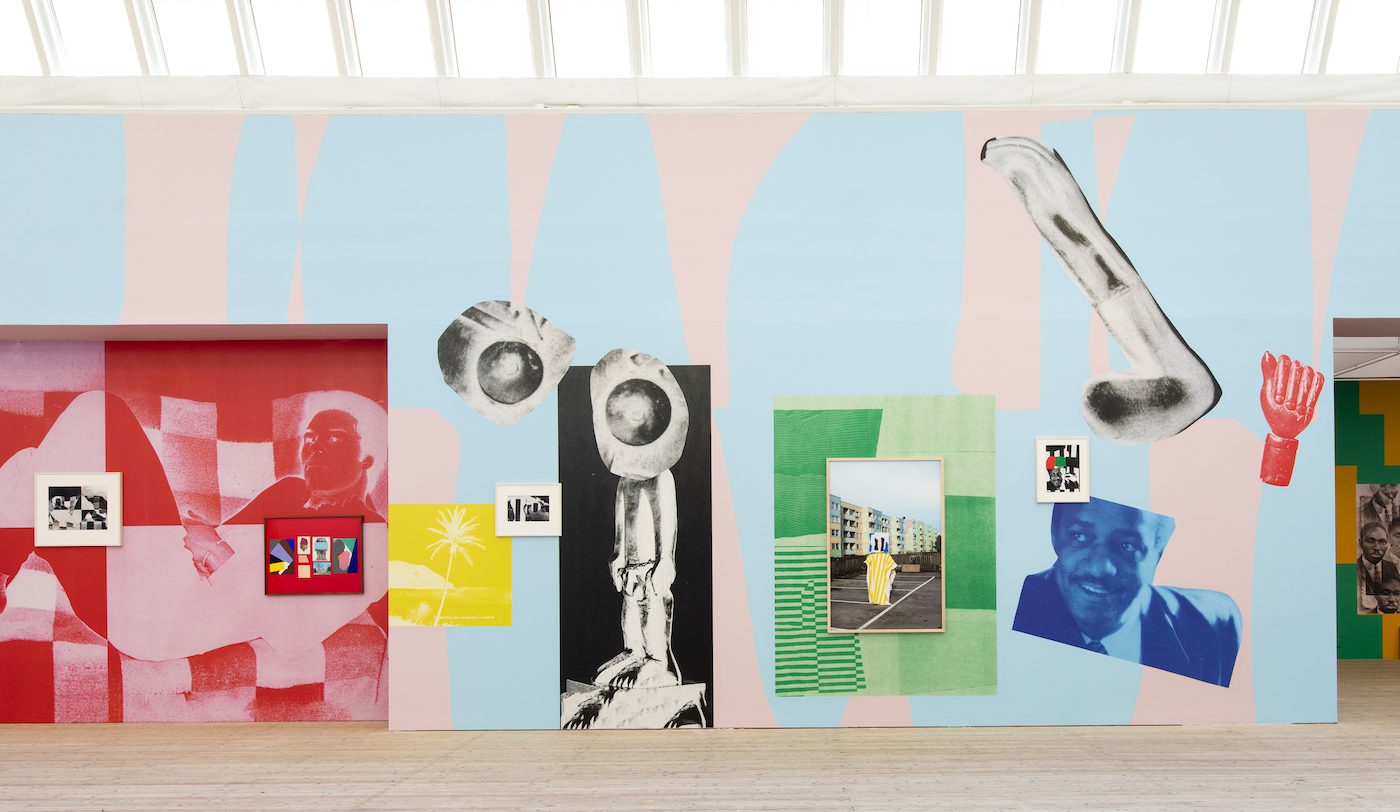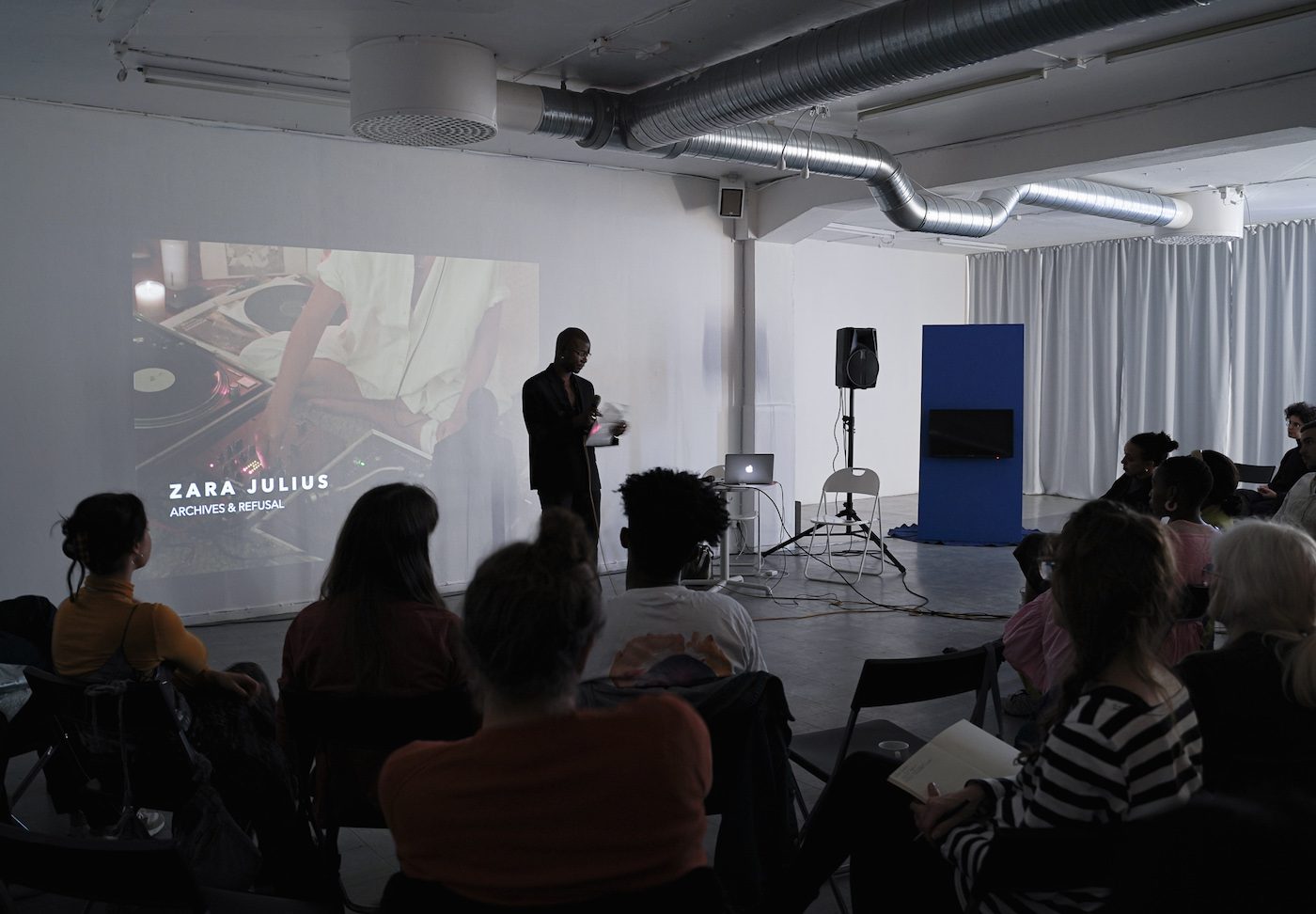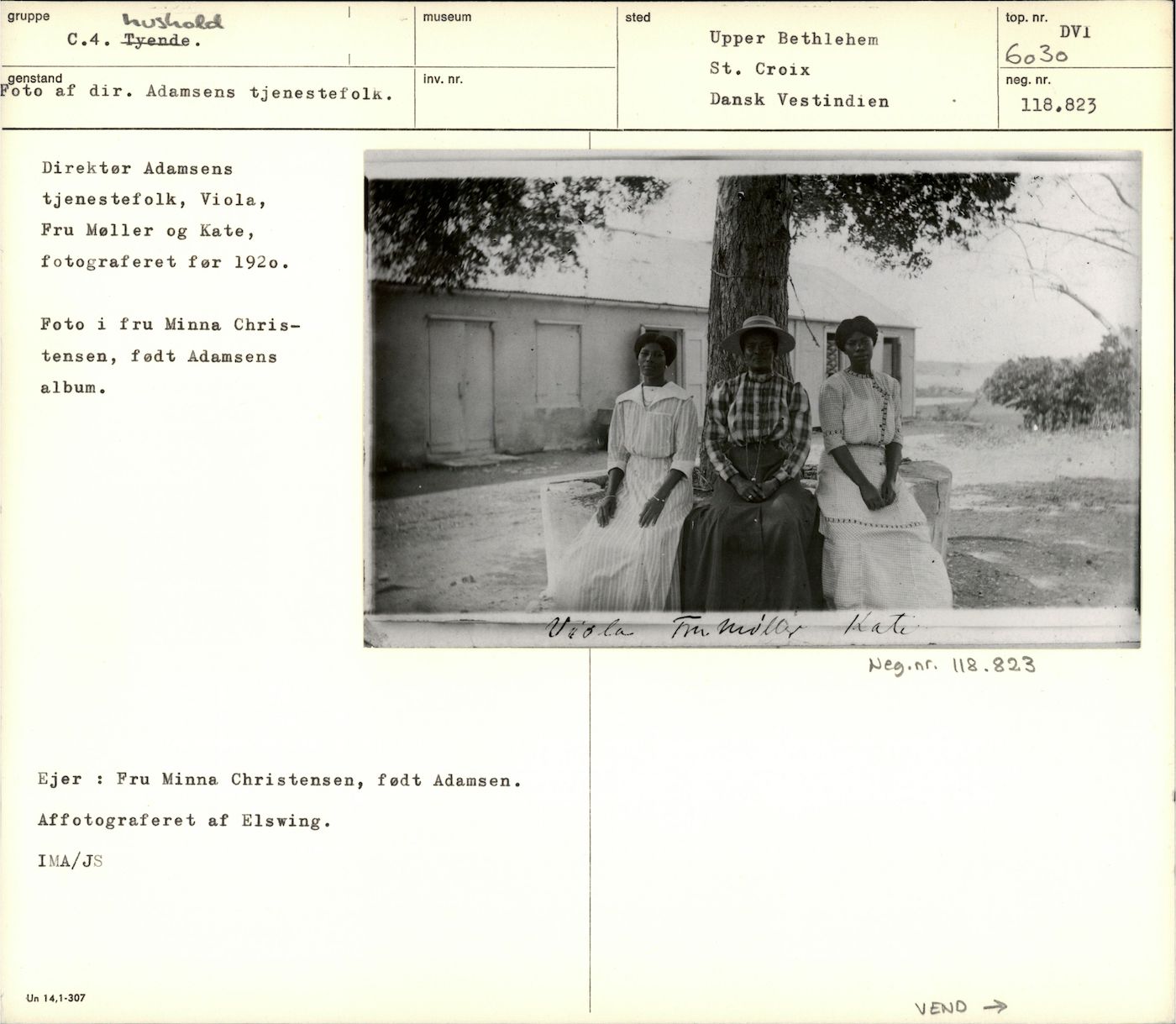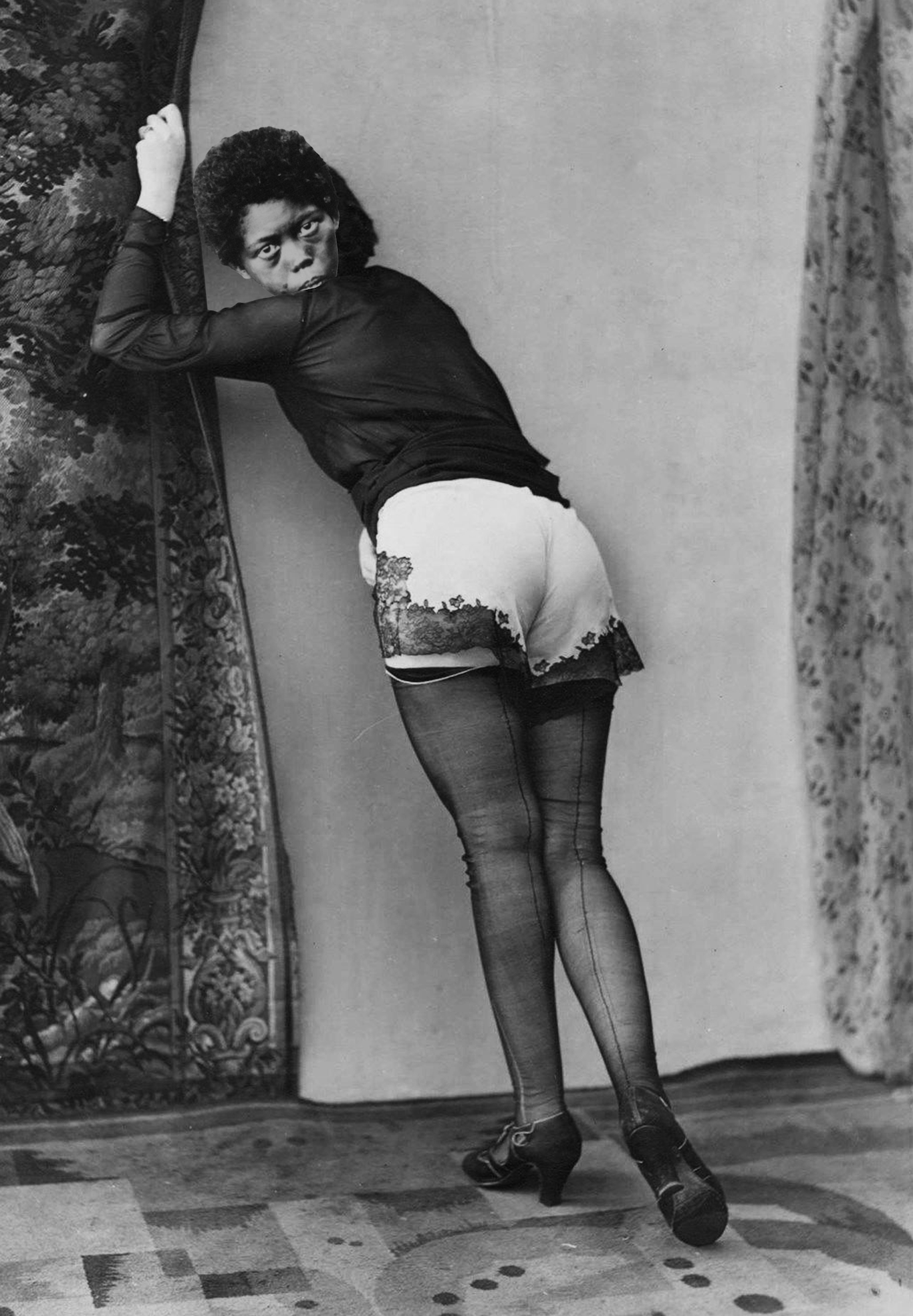The Malmö-based curator talks about his current project at Skånes konstförening, creating immersive experiences, and rearranging history.

Eric Magassa, Blinking Blind, 2023. Installation view FLIGHT Malmö Konsthall, 2023. Photo / Photo: Helene Toresdotter. Courtesy konstnären/the artist
Frida Sandström: Thank you for taking the time. Is there anything that you would like to bring up before I pose my first question?
Tawanda Appiah: I was up all night floating in the wondrous worlds of the artist and poet Precious Okoyomon. Through their work everything seems possible. In my own state of mania, I revisited their poem It’s a dissociating season and offer you and the readers these lines:
Fleshy animal
nothing is pure, invert yourself.

To Where Are We Beautifully Going? At Skånes konstförening, 2022. ‘Archives and Refusal’ – Performative Lecture and Listening Session by Zara Julius. Photo Credit: Malin Magnolia
FS: You are currently organizing a series of performative talks, screenings, and interventions at Skånes konstförening in Malmö, where you are now curator. The title of the series is To Where Are We Beautifully Going? Could you tell us a little bit more about the series and its title?
TA: To Where Are We Beautifully Going? takes the audience on sensory journeys over vast temporalities and spatialities through the work of artists, writers, curators, and scholars. It started as a way to invoke what I know and, in some ways, to pacify any sense of double consciousness. It is an immersive experience where the medium, whether video, sound, or text, envelopes the room entirely, creating immediate routes to multiple worlds. The series was inspired by literary moments of flight, including “I got my things and left” (Dambudzo Marechera, House of Hunger) and “Then I buckled up my shoes, and I started.” (James Baldwin, Go Tell it on The Mountain). The title is a rearrangement of history. It was a specifically imperial line from a Henry James play that left me peeved: “To whom do you beautifully belong?” (The High Bid).

Archival Image, credit: Director Adamsen’s servants, Viola, Mrs. Møller and Kate, photographed before 1920. Photograph in Mrs Minna Christensens (born Adamsen) album. Photographed by Niels Elswing. National Museum of Denmark. As part of ‘The Beautiful Struggle: From colonial hauntings to Black futurity’. Lecture by Temi Odumosu at Skånes konstförening in 2019. Something Happened series organised and curated by Tawanda Appiah and Simona Dumitriu.
FS: For Baldwin, the reason for contemporary misery is that “the beautiful things about our lives” are sacrificed. Do you think that art can allow us to revisit the sacrificed?
TA: “Contemporary misery” – what a term. Existing in this world is excruciating. I especially struggle with waking up and getting started. If we are revisiting the words of James Baldwin, there is a clear sense of assuredness in his work. His ability to establish the complex interiority and exteriority of Blackness throughout time is something to behold. It is also particularly important to me the way his fictive characters are always engulfed by (jazz) music, how they always stop to savor food, and how pleasure is present even within the chaos. I strive to always be here, try to absorb this notion that everything is happening at once and that one must keep going. In my work I am constantly looking at ways in which art leads to endless beauty, to this place of sensation. I purposefully try to use it to deal with the grotesque and difficult. I draw affirmation from Christina Sharpe’s proclamation that “beauty is a method.”

Frida Orupabo, Turning, 2021. Courtesy of the artist and Galerie Nordenhake. Shown as part of FLIGHT, Malmö Konsthall.
FS: The exhibition FLIGHT, which you curated, opened at Malmö Konsthall in February. Can you share the thoughts behind the title and the exhibition?
TA: FLIGHT was an exhibition that featured works by Kudzanai Chiurai, Frida Orupabo, and Eric Magassa. It began with an inquiry: “What happens when we sift through history and its dark repositories?” In a way the artists are occupied with this ongoing inquisition and continually grapple with tensions and freedoms within the archive. It was timely to present this exhibition in Sweden, especially its infusion of Pan-African intellectual and artistic contributions. The word “flight” serendipitously found its way to me during the research phase. I was again lost in image and text, and at that time reading Toni Morrison’s Song of Solomon, in which psychological and physical escape are central. Alongside various other writings, Song of Solomon led me to this interrogation, especially that of the automatic “fight, flight, or freeze” response in the context of liberation from colonialism.
C&: You often work in Malmö and will continue to do so at Skånes konstförening. What does it mean for you to make works like this in a city in which you are based and spend your everyday life?
TA: Malmö seems obscure to many people living outside of this region and yet it retains the leftist backbone of Sweden in so many ways. There is a strong sense of collaboration and collectivity here that I am glad to be a part of. I’m excited about my new role at Skånes konstförening and I’m interested in curating into the future.
Frida Sandström is a writer, critic, and a contributing editor at Paletten Art Journal(SE). She is a PhD fellow in Modern Culture at the Department of Arts and Cultural Studies at the University of Copenhagen (DK), where she is currently working on her PhD thesis, “Art criticism as social critique.”
THE NORDICS
Janine Jembere's radio piece connects the idea of citation to the concept of diaspora. Vibrant, then again calm, it floats through musical expressions.
More Editorial